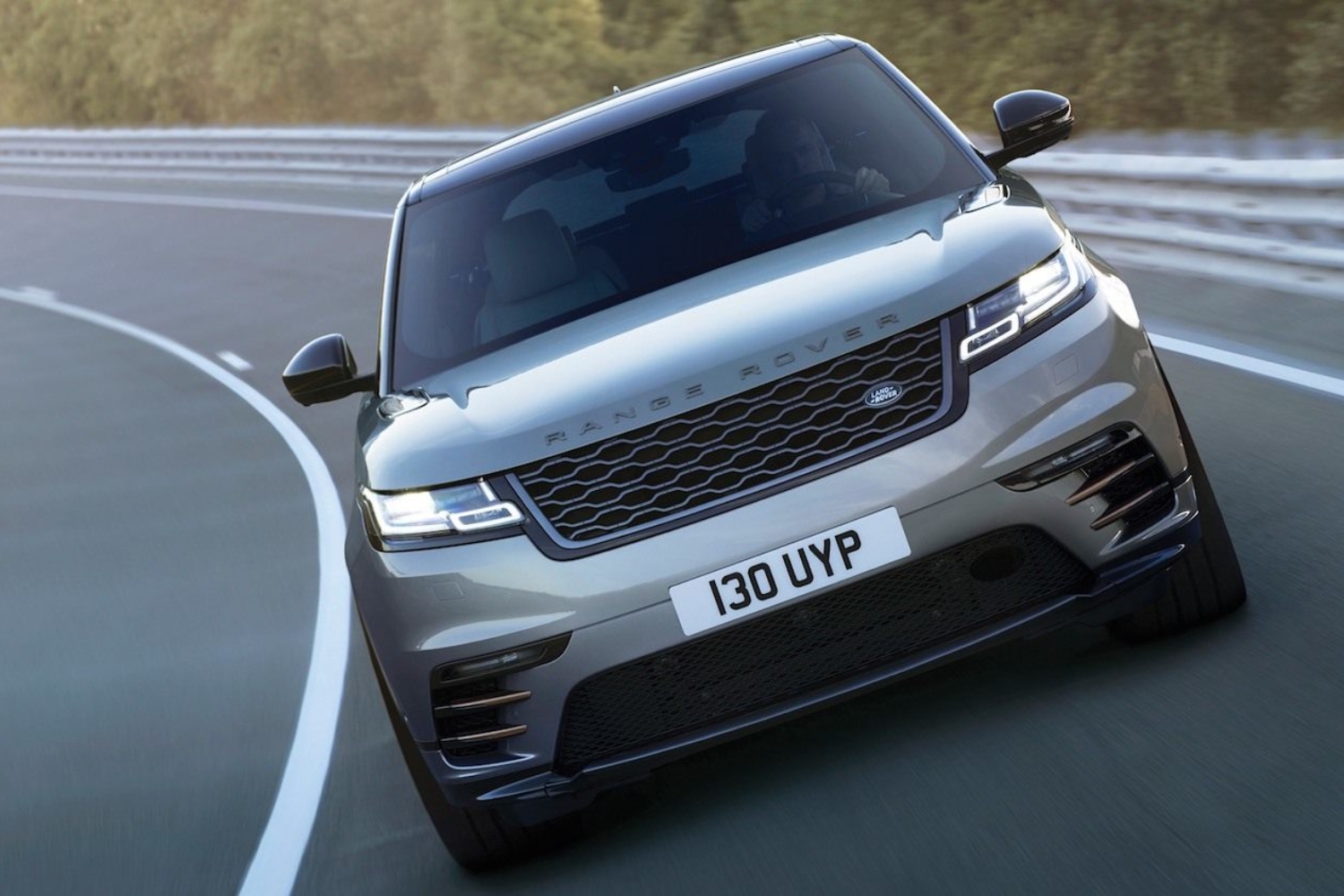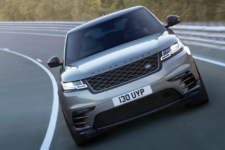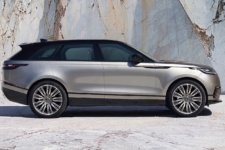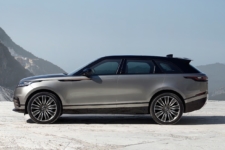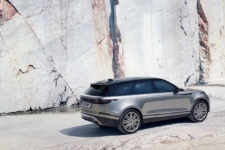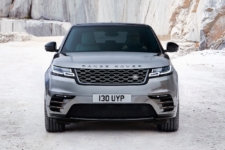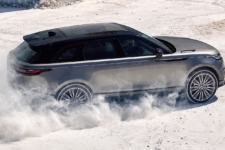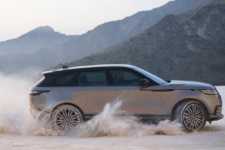For the first 10 minutes at the recent launch in Scotland of the new Range Rover Velar, I did nothing but try to get the satnav to shut up.
Neil Lyndon is impressed with his first drives in the Range Rover Velar
The previous driver had left the system set for the hotel beside Loch Lomond which was the launch location. When I tried to drive away up the drive, therefore, the satnav tried to direct me back to the car-park.
I hunted in vain for the “Cancel Route Guidance” button. Gerry McGovern, Land Rover’s Design Director, has made a big deal (Mr McGovern doesn’t go in for little deals) out of clearing up the confusing bird’s nest of switches, buttons and controls that has sprouted over many years inside Range Rovers with the result that, in the new Velar, the driver is looking at something about as cluttered as a clean plate. This deference to minimalism is entirely welcome – as it was when Peugeot started the fashion in the latest 308 – but it does leave you in a bit of a quandary when you are new to the car and trying to find a way to make the tarnation thing work.
Having stopped in a lay-by, I was reduced to that Homer Simpson-like state of blithering idiocy where you have thumped every button at least twice and end up slamming them all simultaneously with the flat of your hand. Finally, more by accident than deliberate choice, I touched the voice control switch and bellowed “stop navigation!” and guess what? It worked immediately.

Miracle. I’ve never got a voice control system to work at all in a press car before – chiefly because they all demand a degree of precise voice recognition that would do credit to GCHQ. But in the Velar, all it took was one snappy command – albeit at a volume to raise white horses at Loch Lomond.
The voice control system on the new Velar turned out to be one of the many enchanting features of this new car. Companionable, biddable, homely and kind, it’s like having an ideal companion in the cockpit. A frequent complaint of technophobes about new-fangled jiggery-pokery is that it would all be so much nicer if there was a human being to talk to at the end of the line. Well, with the new Velar, it feels as if the nicest human being you’ve ever met is right there at your side. You might even consider swapping it for one of your children.
The inside of the Velar isn’t the only thing that’s slightly puzzling to figure out at first. Let’s dwell upon the looks for a moment.
Here we have a car that looks like an Evoque but seems as long as a railway carriage. After flirting with an emulation of the early 2000s Ssangyong Rodius and producing a lop-sided rear that looks as if somebody has clumsily tacked an Anderson shelter on the back, Gerry McGovern has reverted to clean long lines for the Velar, which stands between the Range Rover and the Evoque in the brand’s line-up. In other words, it has all the off-road attributes of Land Rover, but they are sublimated into a car that is supremely fitted for the road.
As it showed in Scotland: West Coast rains were thudding down like stair-rods on the road around Gareloch which I chose for the Velar test – first in the three-litre HSE D300 model (£73520 as tested) and then the two-litre HSE D240 (£72685, as tested).
The smaller, high-efficiency diesel is more than adequate, but Range Rover are right to describe the three-litre as “the sweet spot in the range”. Three hundred bhp and 700 Nm of torque give it real road-ruling powers, with sports car acceleration matched to the solidity and stability of a lorry through the tumultuous weather. At speeds way in excess of reason, with plumes of spray kicking up behind like comets, the Velar was absolutely secure. I couldn’t imagine a car I would rather choose in such conditions.
Range Rover were claiming 44.1 mpg average for the three-litre and 49.7 mpg for the two-litre, but I didn’t get 30 mpg in the three-litre nor 35 mpg in the two-litre.
Seemed like a small price to pay for the Range Rover I would certainly choose for myself if I had the choice.
Car reviewed: Range Rover Velar HSE D300 AWD Automatic – Base Price On the road £68,110 with options on car tested £73,520 0-60mph 6.5 secs Top speed 150mph Fuel Economy combined 44.1mpg CO2 emissions 167g/km Engine 2993cc 4-cylinder diesel EU6 Max Power 300hp@4000 rpm Torque 700Nm@1500rpm Transmission 8-Speed automatic with manual mode
The most supreme Range-Rover
Excellent voice control
Beautiful interior
Space in the rear
No items found, please search again.

